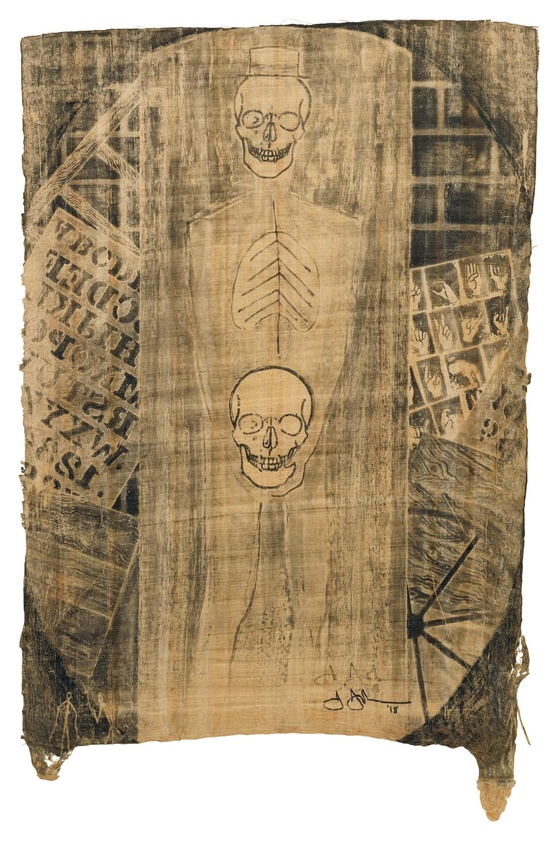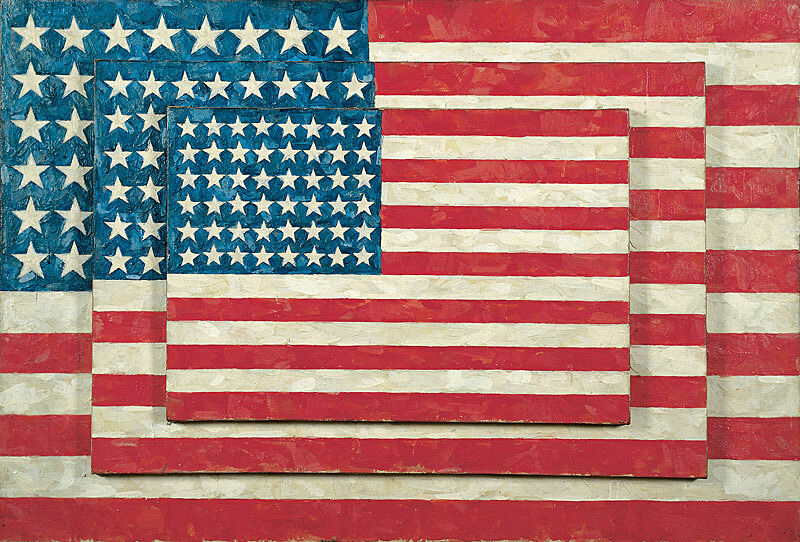Numbers
Sept 24, 2021
0:00
Numbers
0:00
Narrator: In 2007, Johns decided to revisit a Numbers painting he had made for the lobby of Lincoln Center in 1964, transforming it into a sculpture. In the original, he’d painted each number on a separate canvas, and gave each one a unique visual treatment. He did the same in casting each individual number for the sculpture.
Roberta Bernstein: He really thought of how to make it as painterly as possible.
Narrator: Roberta Bernstein is an art historian. She’s the author of the catalog raisonné of Johns’s work.
Roberta Bernstein: So he manipulated the wax so that it had painterly effects that look like brush strokes and there were drips because he was pushing that question of what is a painting? What is a sculpture? What’s the difference between them? But, interestingly, both the Lincoln Center painting and this sculpture have collage elements. In the Lincoln Center painting, he used silk fabric that was silk screened with sculpt metal to simulate newsprint.
So when you look at that surface, you think you’ll looking at paper collage, but it’s really this fictional silk screened element. In the Glenstone sculpture, what he does is use thin sheets of wax on which he’s silk screened text in wax. So when you look at the surface, you think you’re looking at collage with newsprint, but in fact, it’s done in this other way. So this is typical of the way Johns makes you see one thing and then be forced to examine it, to figure out exactly what’s going on.


